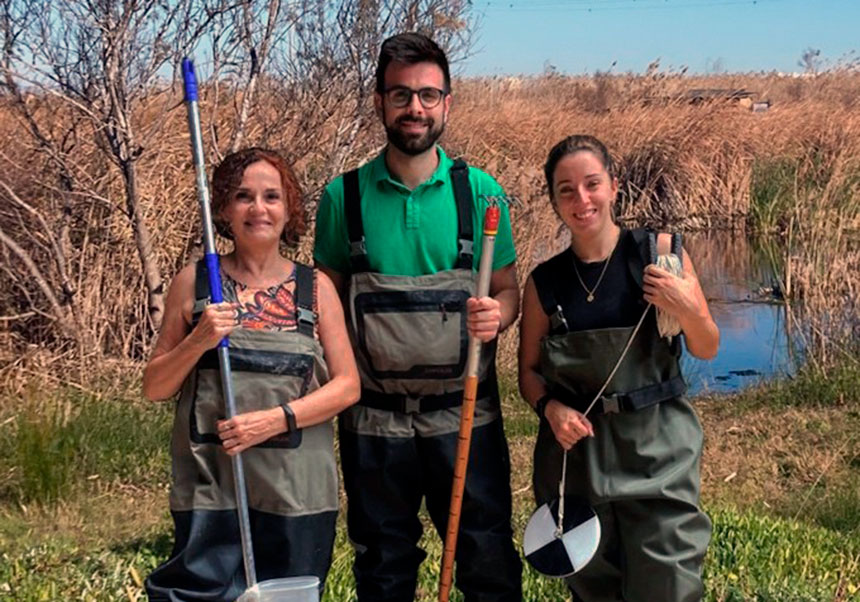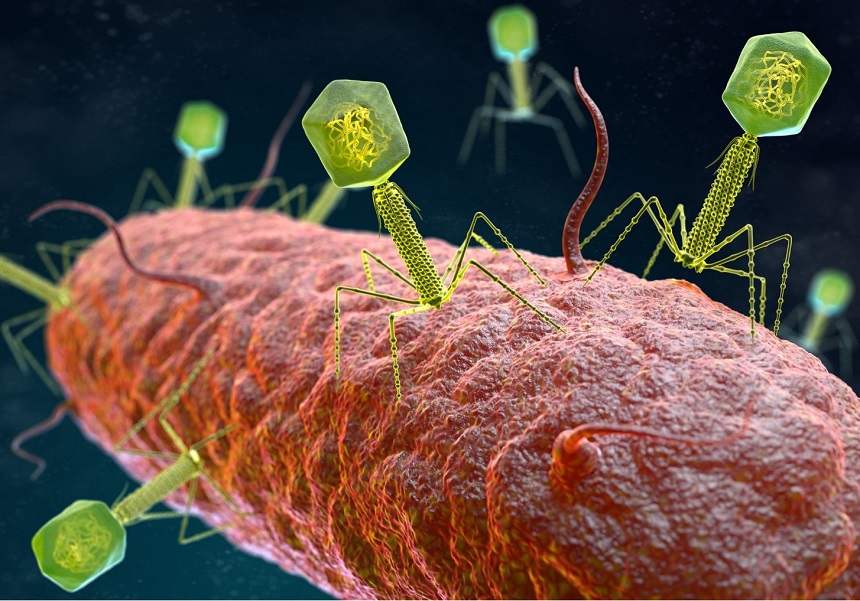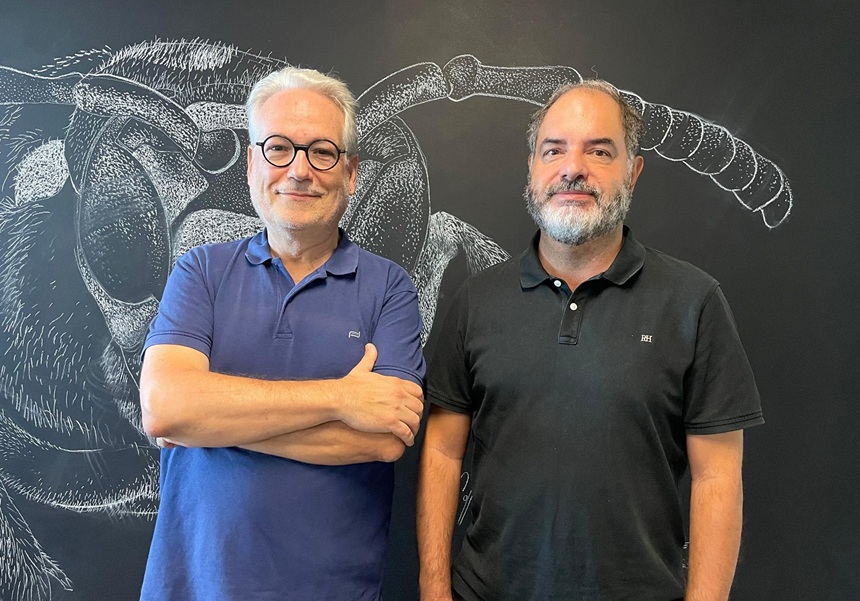The IIS La Fe and the UV renew the agreement for the Experimental Hepatology and Hepatic Transplantation Mixed Unit
- Press Office
- April 1st, 2022
The Universitat de València (UV) and the Instituto de Investigación Sanitaria La Fe (IIS La Fe) have renewed the agreement of the Experimental Hepatology and Hepatic Transplantation Mixed Unit by signing a new agreement that will be in force for the next 4 years. This consolidates a relationship and collaboration between the two entities that began in 2003 with a framework collaboration agreement, which gave rise to the Experimental Hepatology and Hepatic Transplantation Mixed Unit.
The agreement was signed by the Vice-principal for Research of the UV, Carlos Hermenegildo Caudevilla and by the scientific director of the IIS La Fe, Dr. Guillermo Sanz Santillana and the managing director, Sonia Galdón.
This is the third renewal of the link between this mixed unit, currently made up of 17 researchers from the Department of Biochemistry of the Faculty of Medicine and the La Fe Health Research Institute, whose main objective is basic and translational research in haematology.
Pioneering initiative to promote translational research
The idea of bringing the university research developed in the Department of Biochemistry at the Faculty of Medicine closer to the hospitals' clinical world, so that the first one would benefit from the inspiration provided by clinical reality and the second ones would have the help of teams with very solid basic training capable of tackling complex clinical problems even without a solution, was promoted at the time by its first director, Dr. José V. Castell, who has pointed out that "the Unit has resulted in the creation of an extraordinarily productive and internationally recognised translational research environment".
Thus, basic research has been favoured by the access to unique human liver samples, which allowed the Unit to pioneer the development of human hepatocyte cultures and their multiple applications to the study of hepatic physiopathology and drug hepatotoxicity. Moreover, the hospital was able to benefit from this collaboration to be the first to carry out human hepatocyte transplantation for the treatment of metabolic diseases in children.
"These achievements are the best proof of how mutually beneficial and desirable it is for the parties to maintain and promote a collaboration of this nature," said Dr. Luis Torres, director of the Department of Biochemistry and Molecular Biology at the Universitat de València, to which many members of the Mixed Unit belong.
The Unit and its researchers are part of the ISCIII's Centre for Networked Research on Hepatodigestive Diseases (CIBEREHD) since its creation in 2006, whose new PI, recently appointed, is Professor Ramiro Jover, who pointed out that "this network includes the most prestigious and active groups in hepatology in Spain with which the Mixed Unit collaborates".
A successful trajectory
The Mixed Unit has laboratory spaces within the Hospital La Fe and is periodically subjected to scientific evaluation by the competent bodies of the UV and the IIS La Fe. Its field of research covers biochemistry, molecular and cellular biology of the human hepatocyte, the application of omics (genomics, transcriptomics, myronomics and metabolomics) to the study of hepatic physiopathology, the study of hepatotoxicity due to drugs, cellular reprogramming of somatic cells to hepatocytes and advanced hepatic therapies and hepatic cell transplantation. The Unit, through its members, has participated in the last 4 years in 11 projects with competitive public funding, 3 of which have been European projects, and in 38 publications in indexed journals.
















